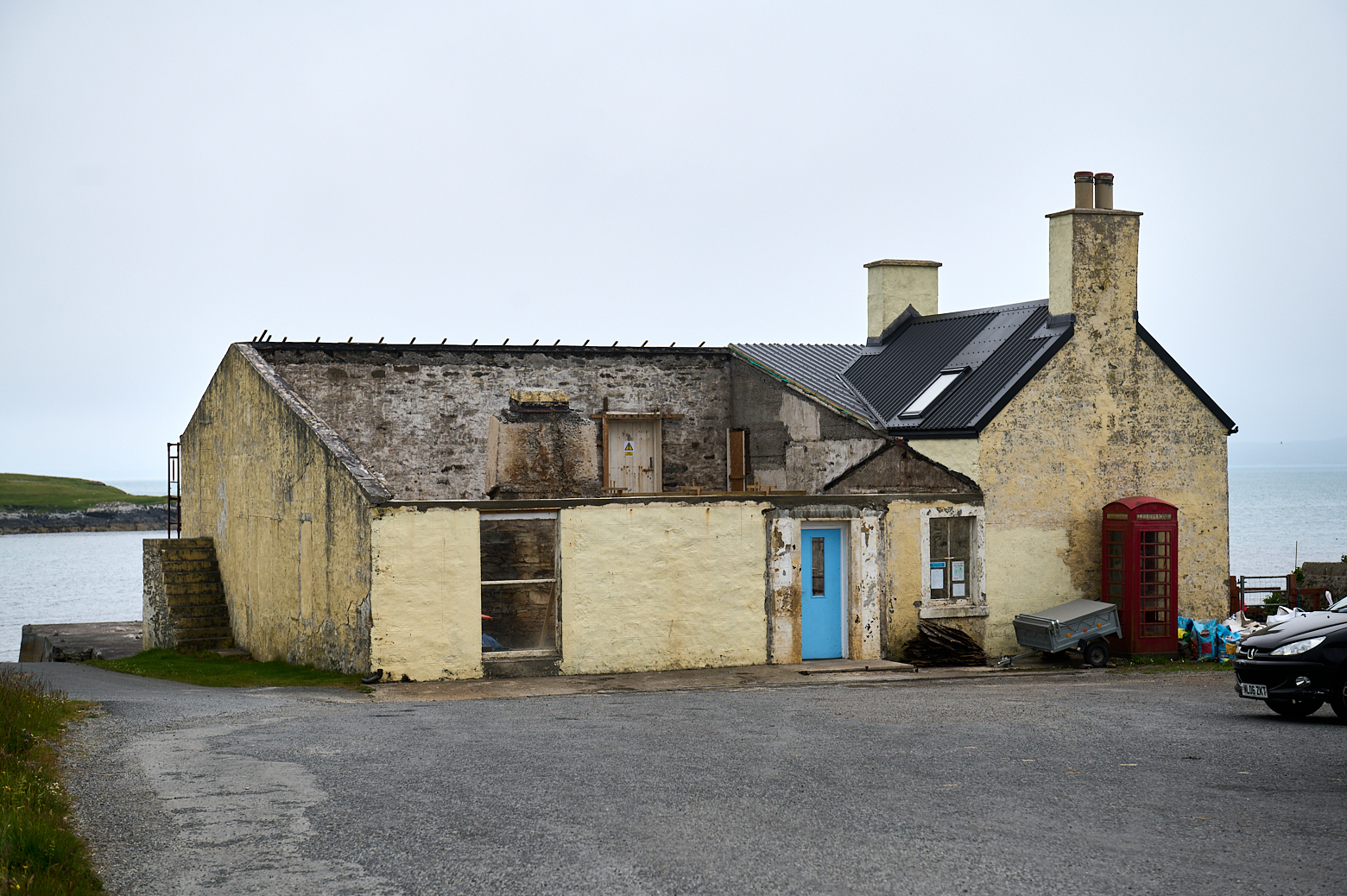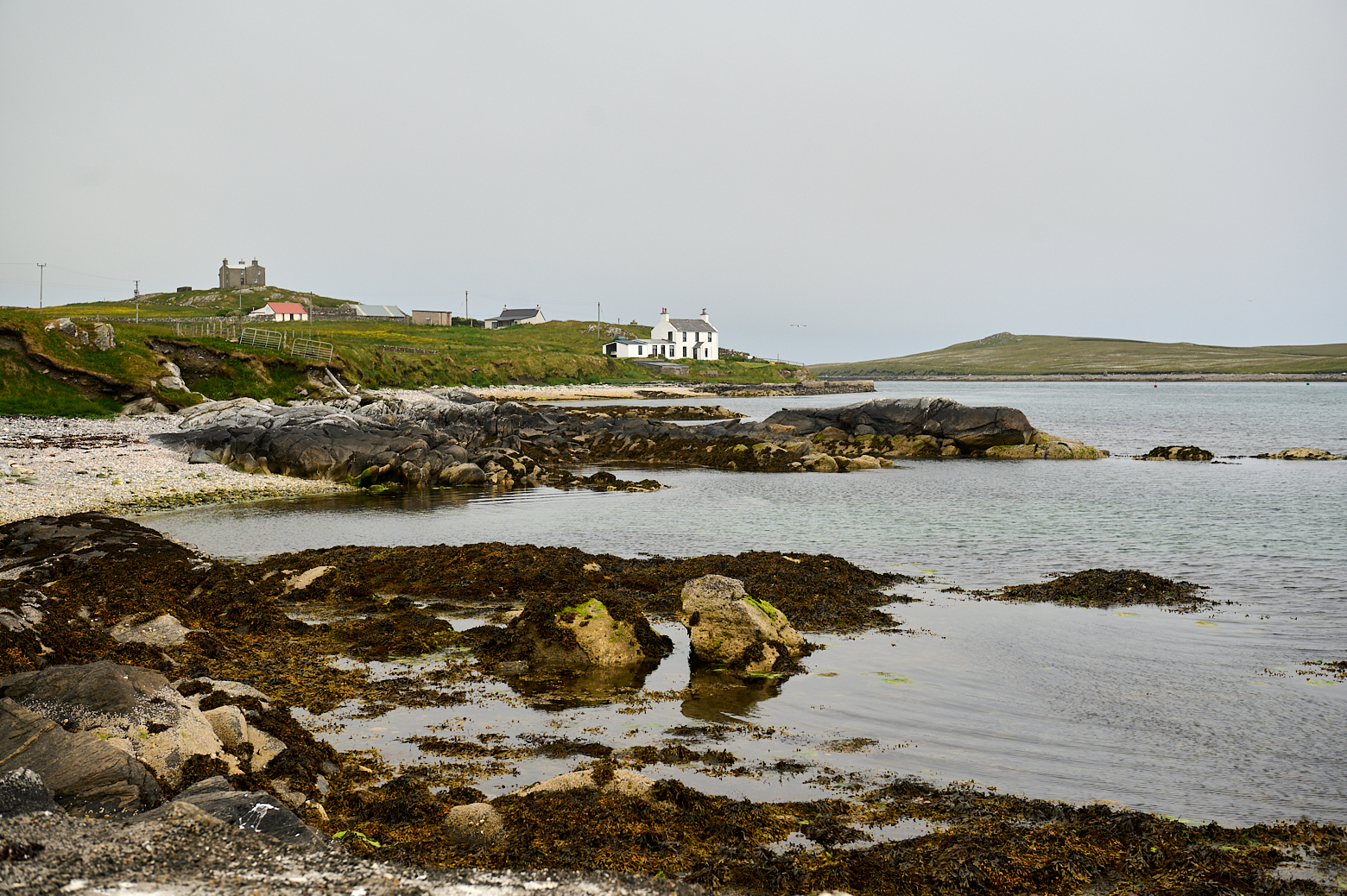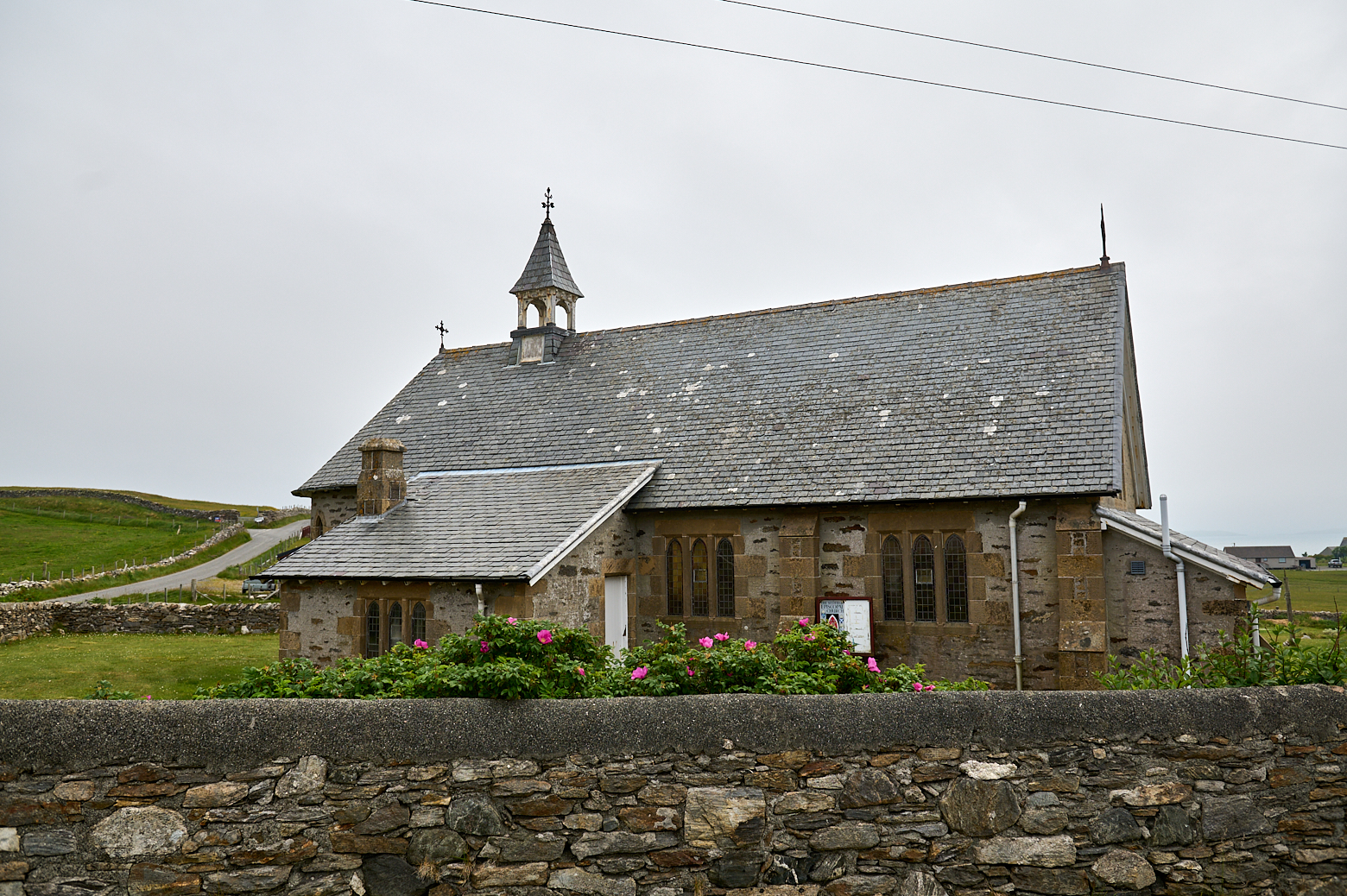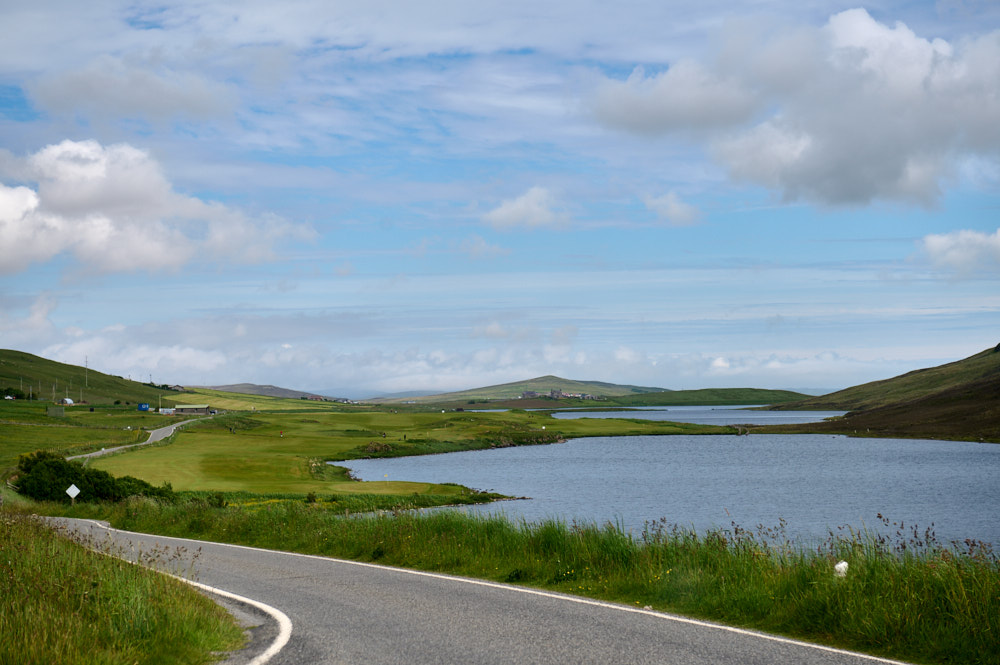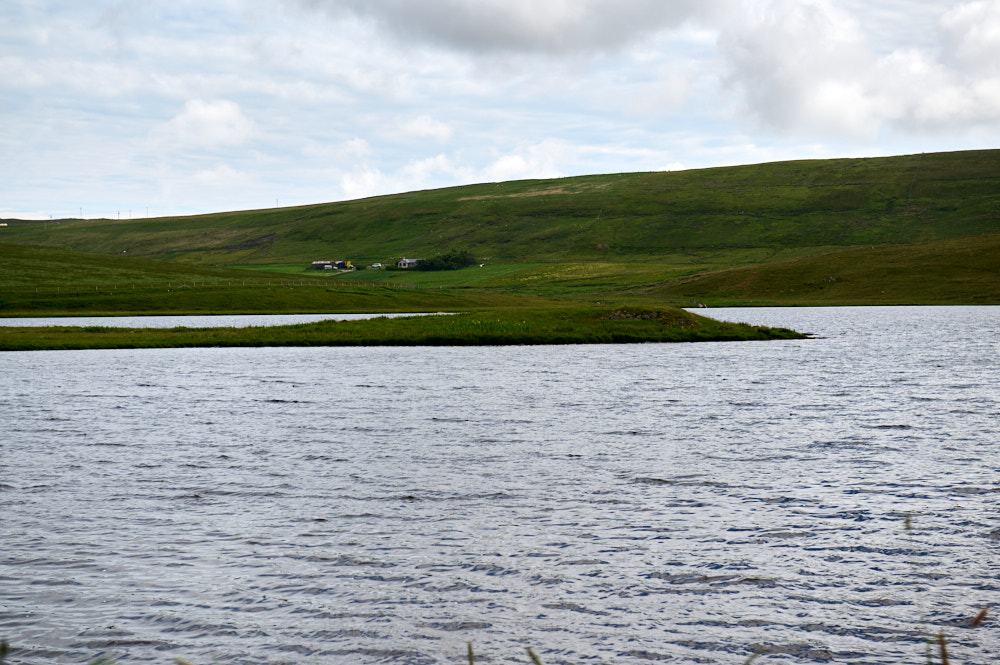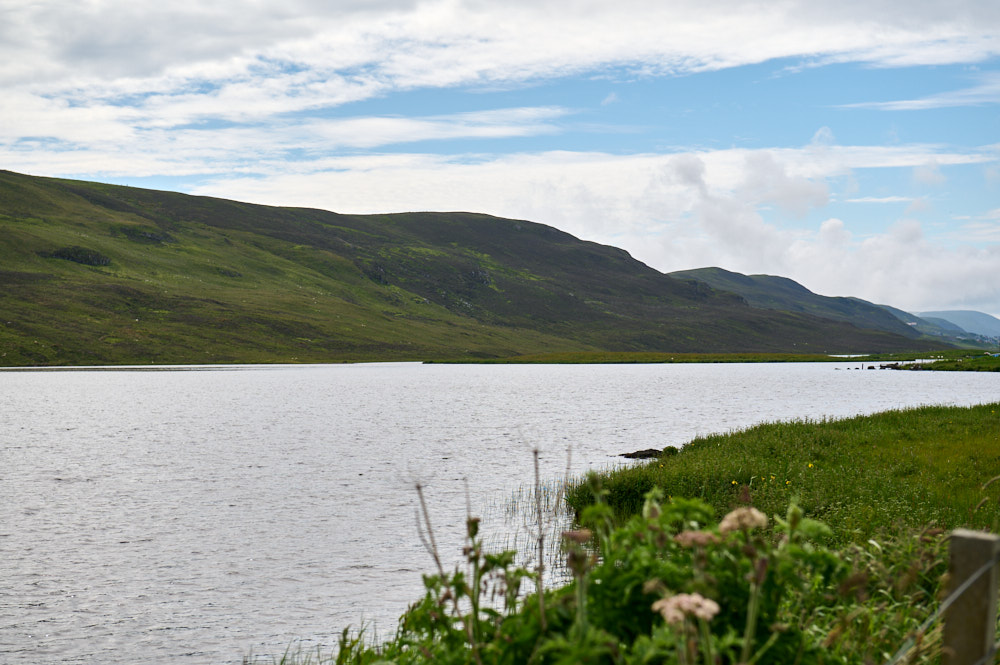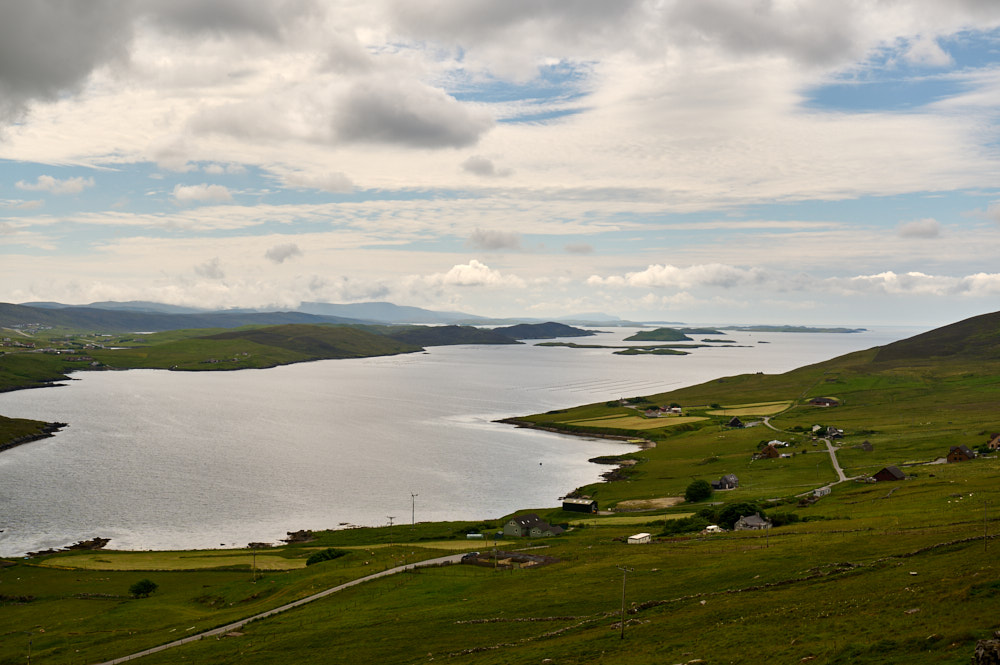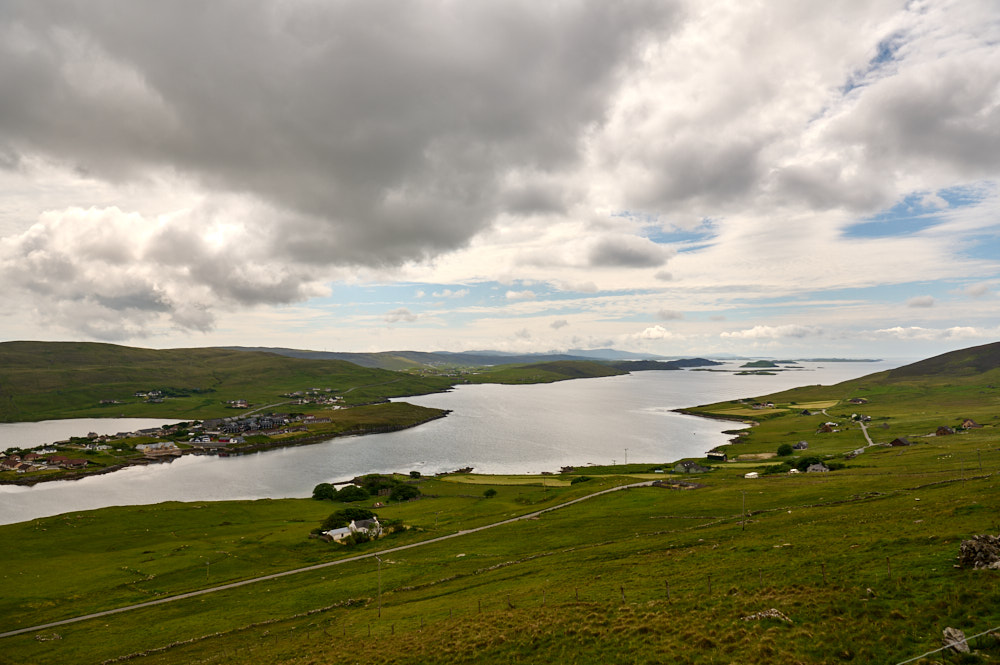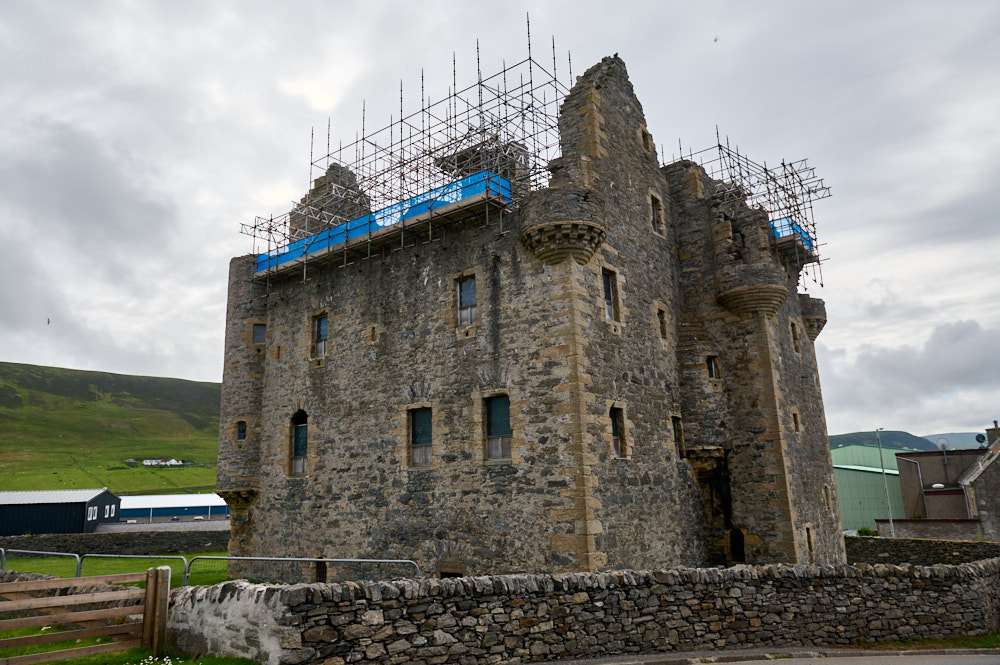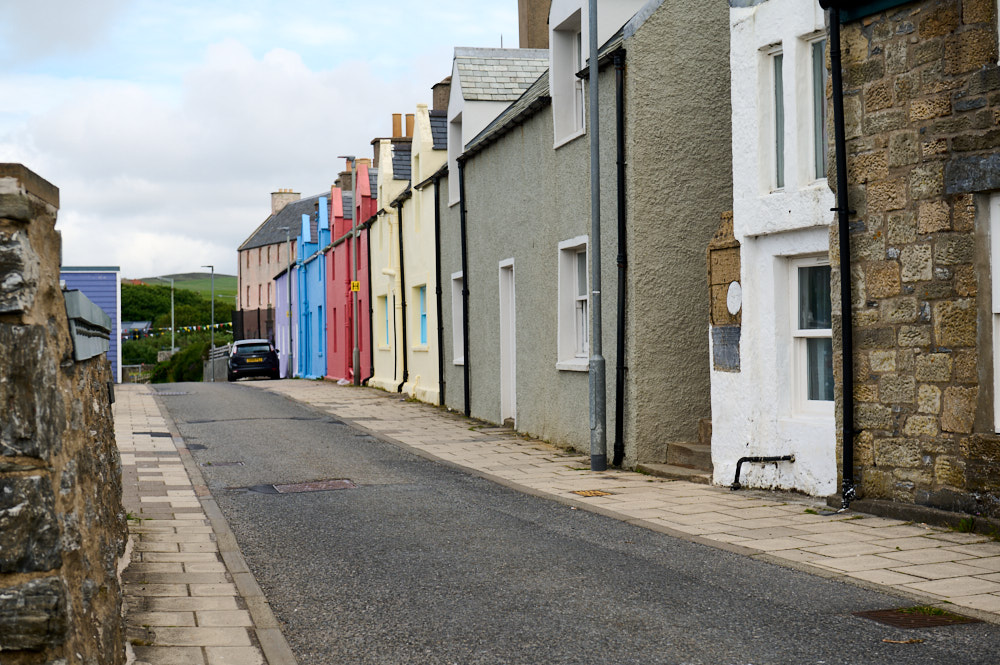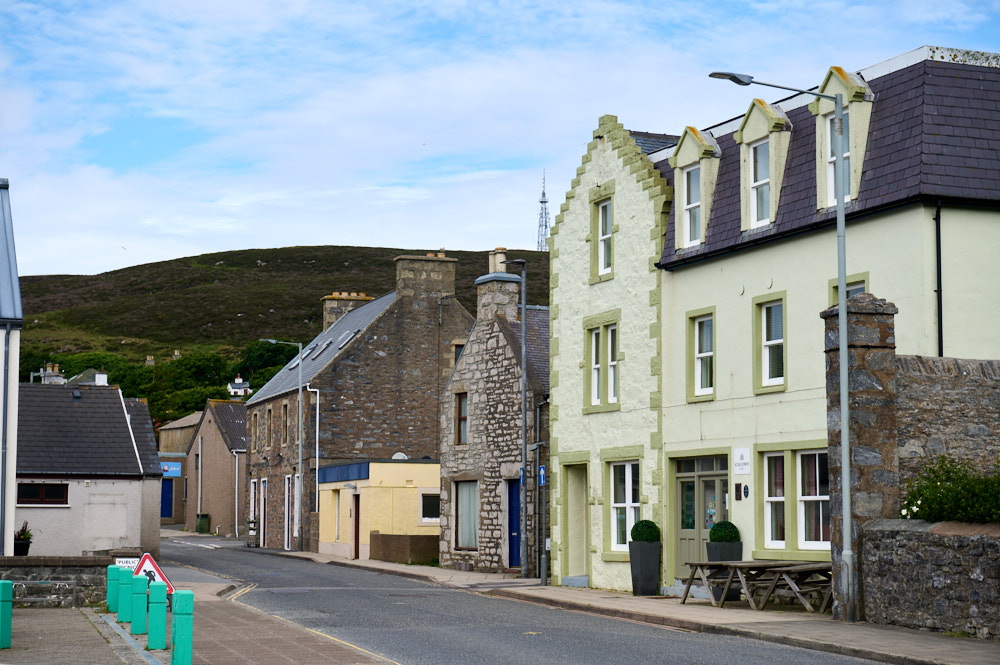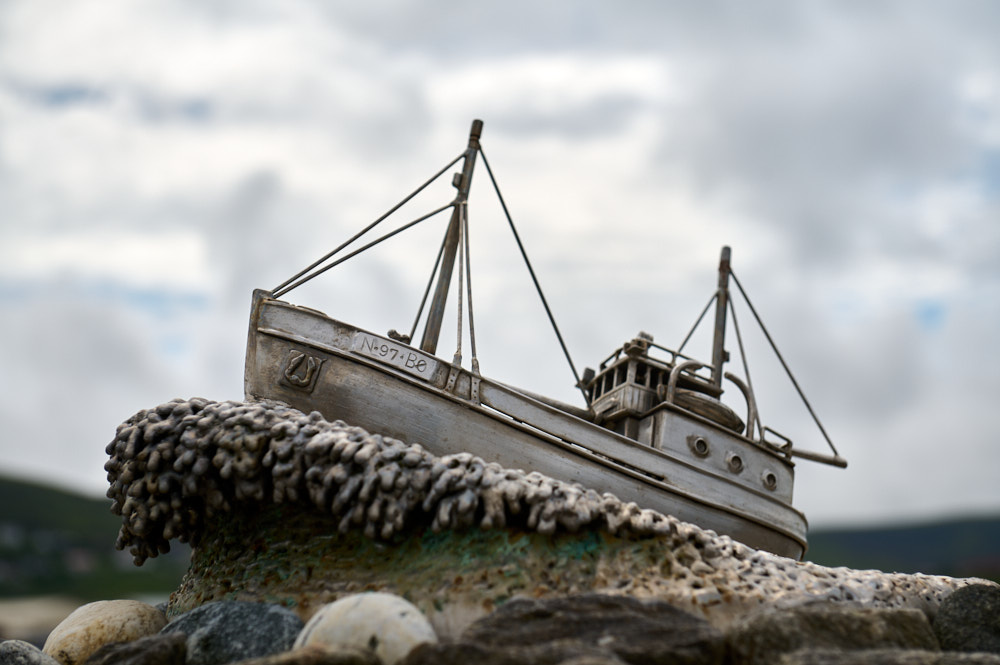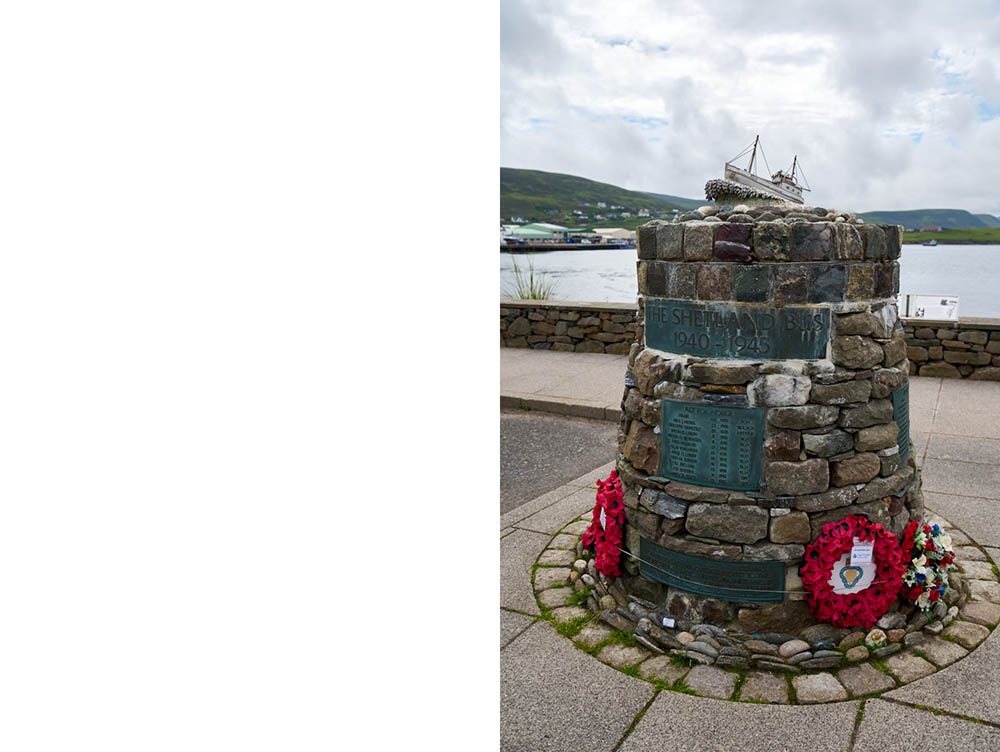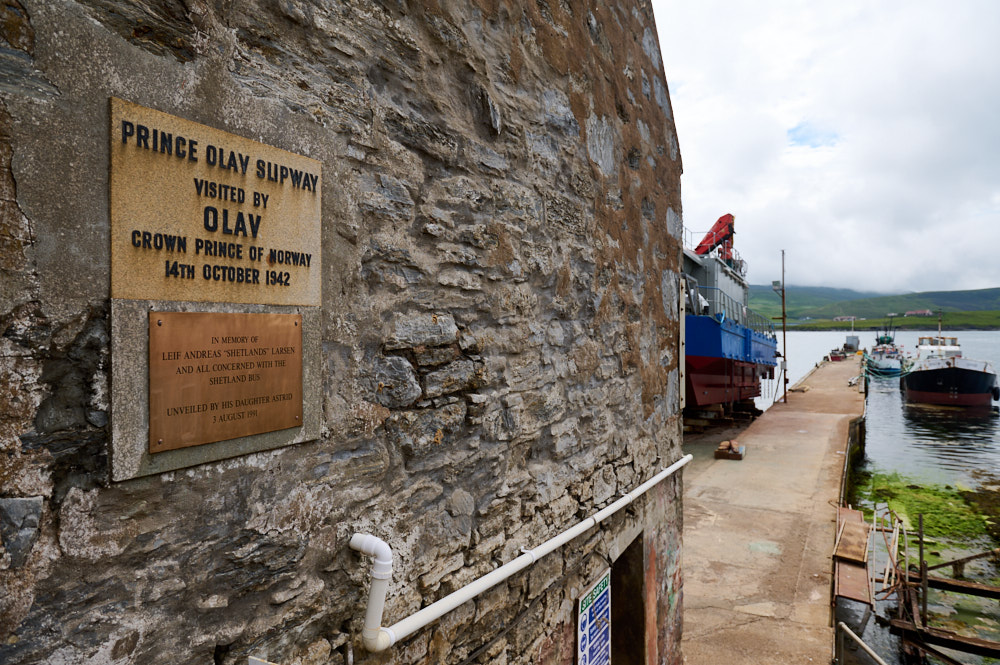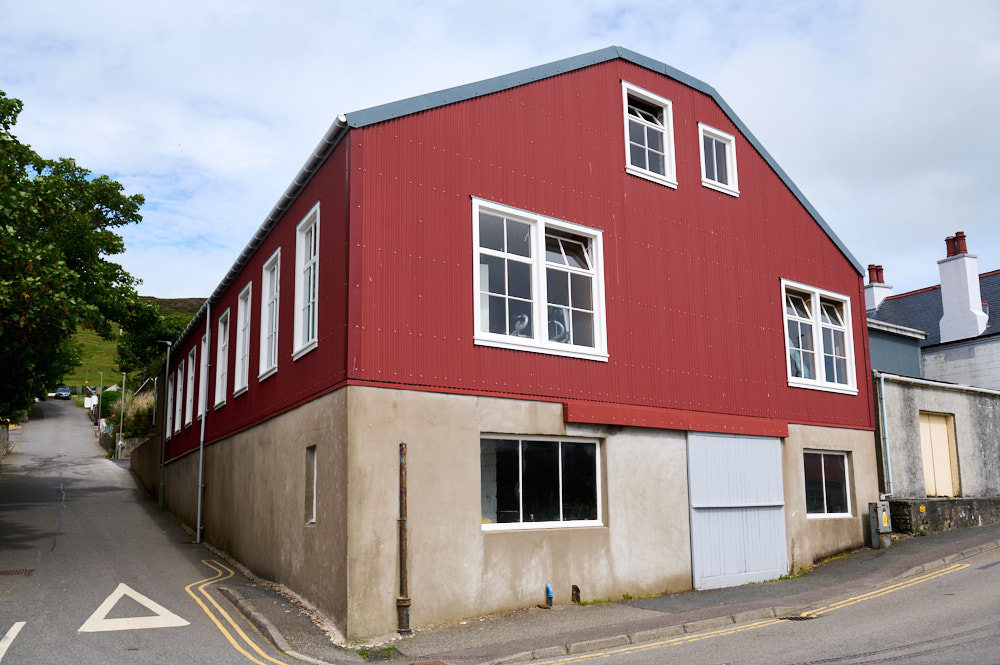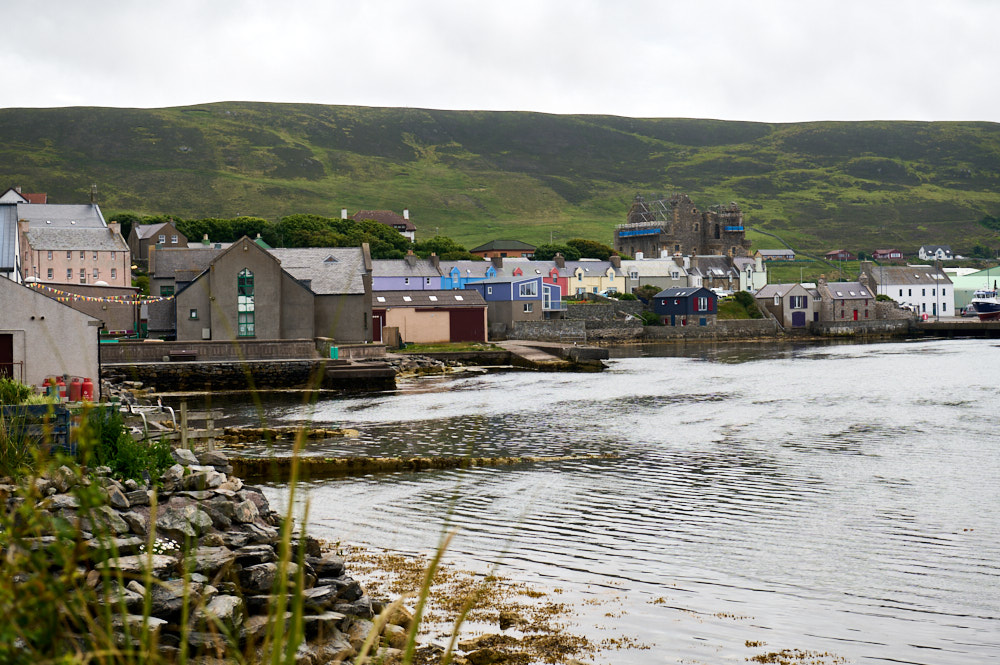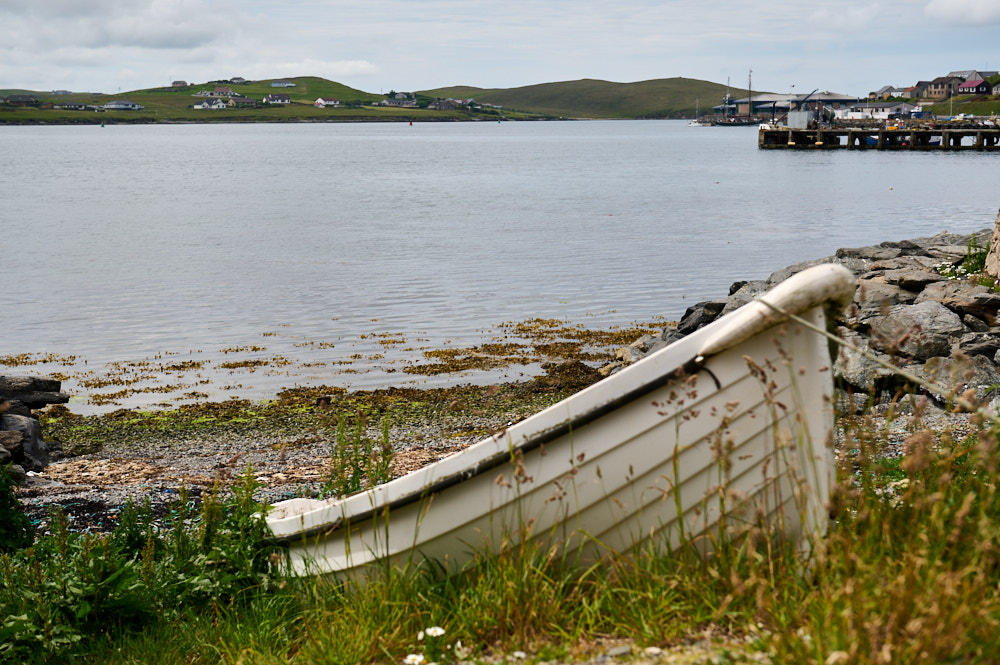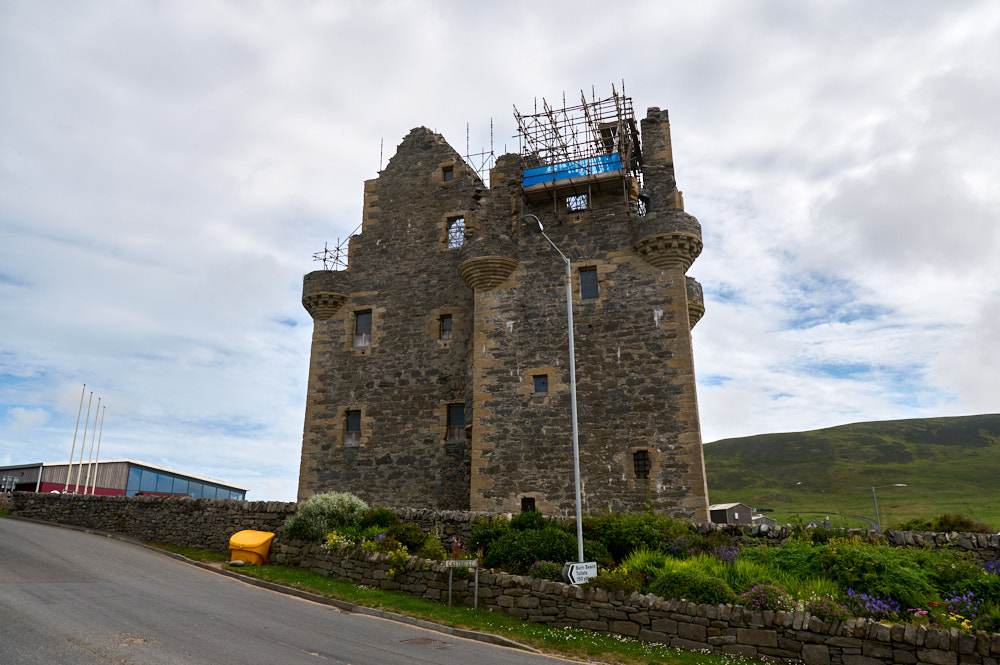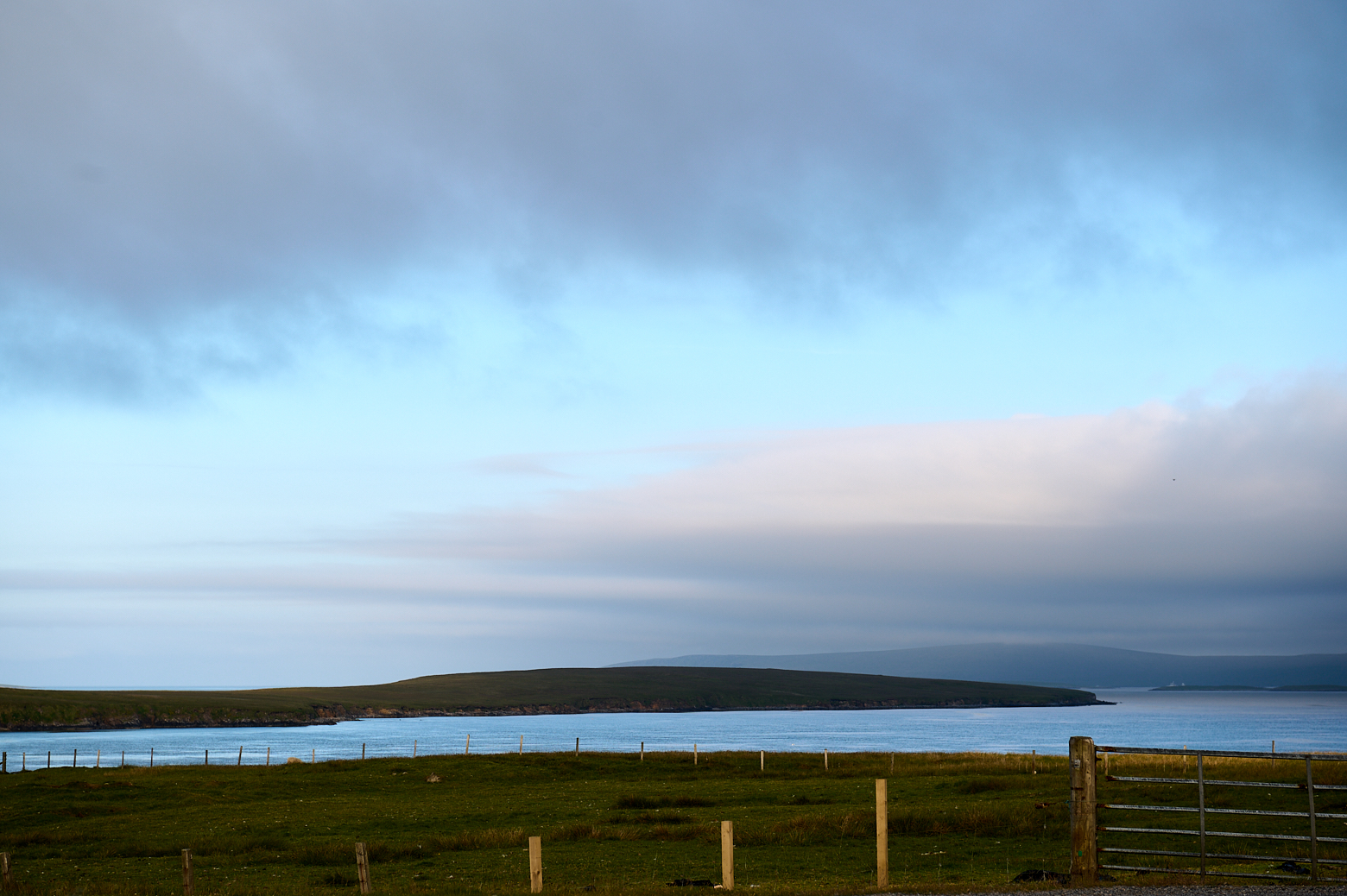
View from my hut in Yell towards Fetlar. I got the feeling most people drove straight through Yell to go to Unst, which is a shame as Yell has a lot to offer. Sometimes it is very hidden (and took several attempts to find it) but the journey is always stunning.

View towards Unst and the busy ferry port.

The house on the hill is actually on sale, I´ve been seeing the offer a few times now and it looks stunning. And must have great views from there.
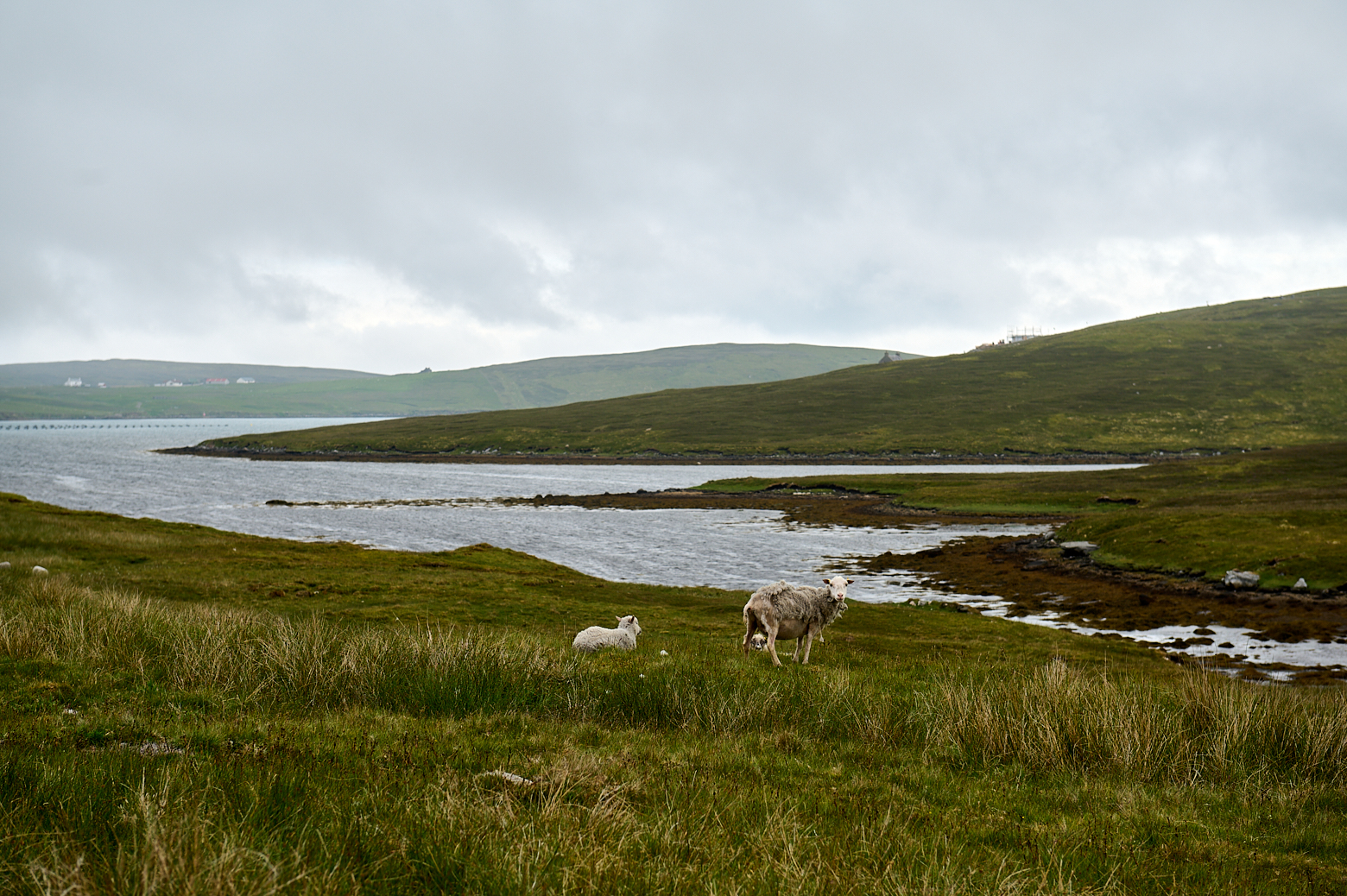
I started my round trip around Yell on the West Coast, looking at beautiful lost houses and trying to not run over any sheep. The tourist office of Shetland makes beautiful little guides of the different areas, telling a bit of history and pointing out places of interest. But to be honest Yell doesn´t make it very easy to find these points, but as already said, the search for them is stunning. Even in the everchanging weather.
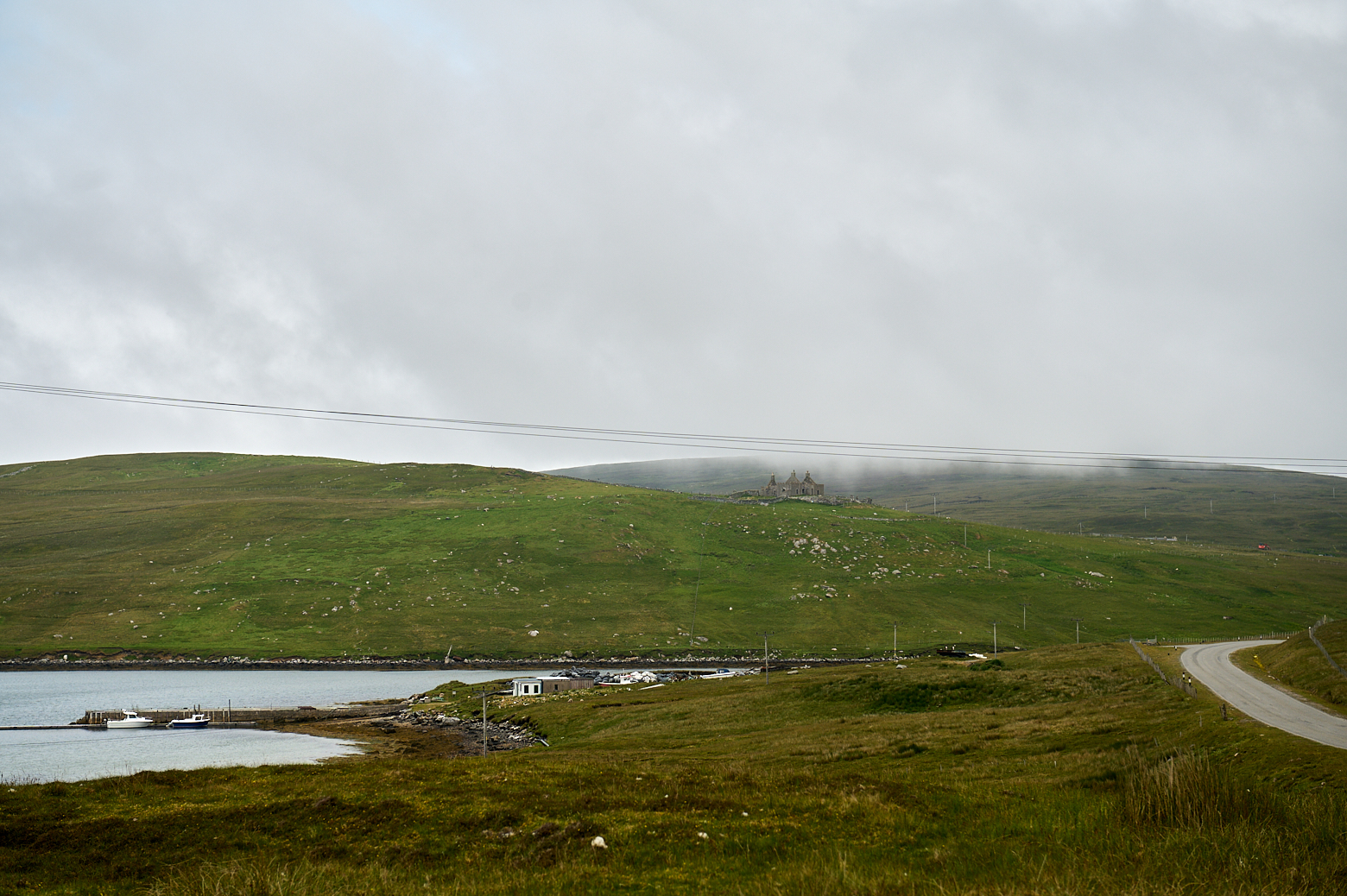
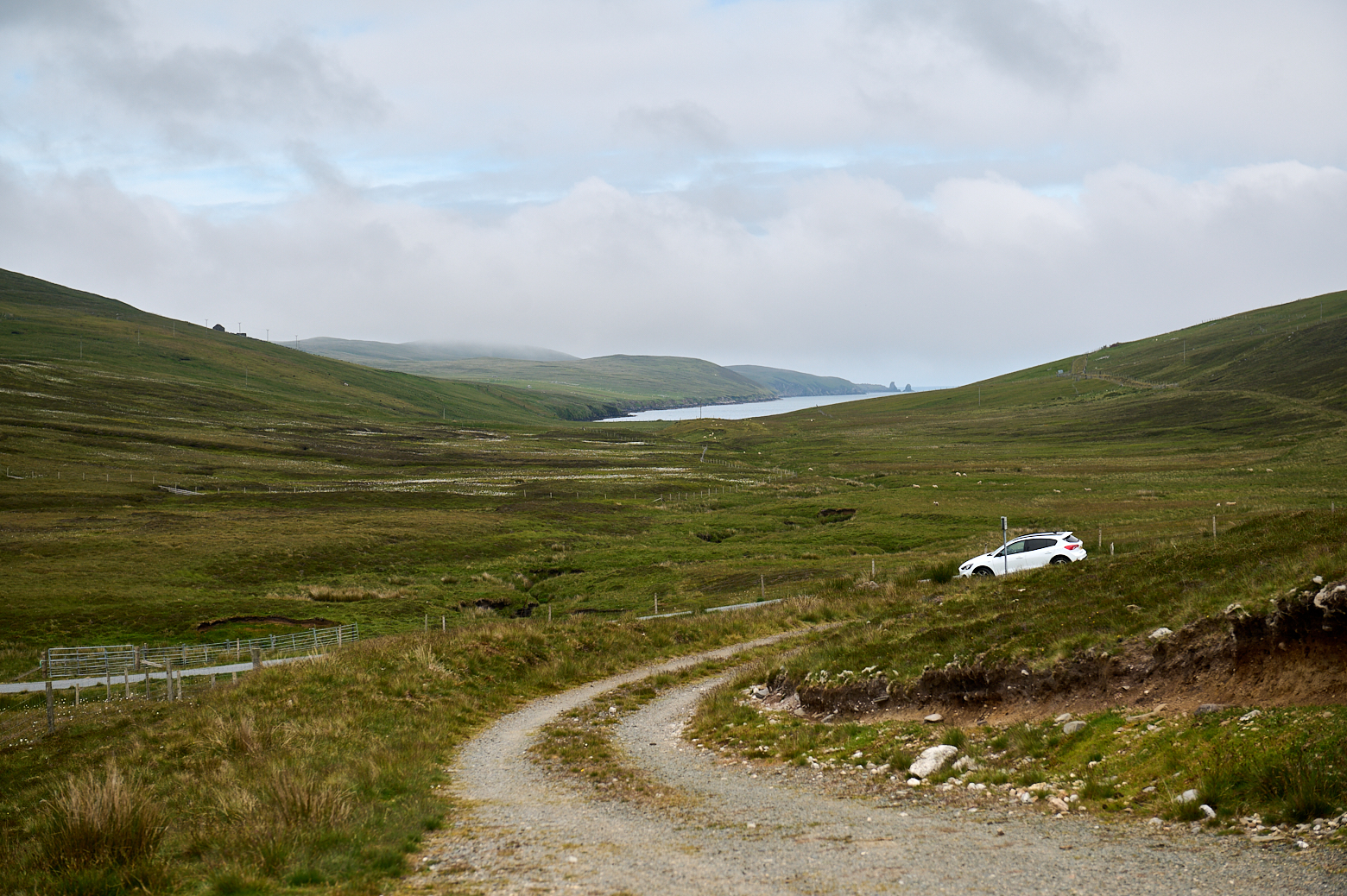
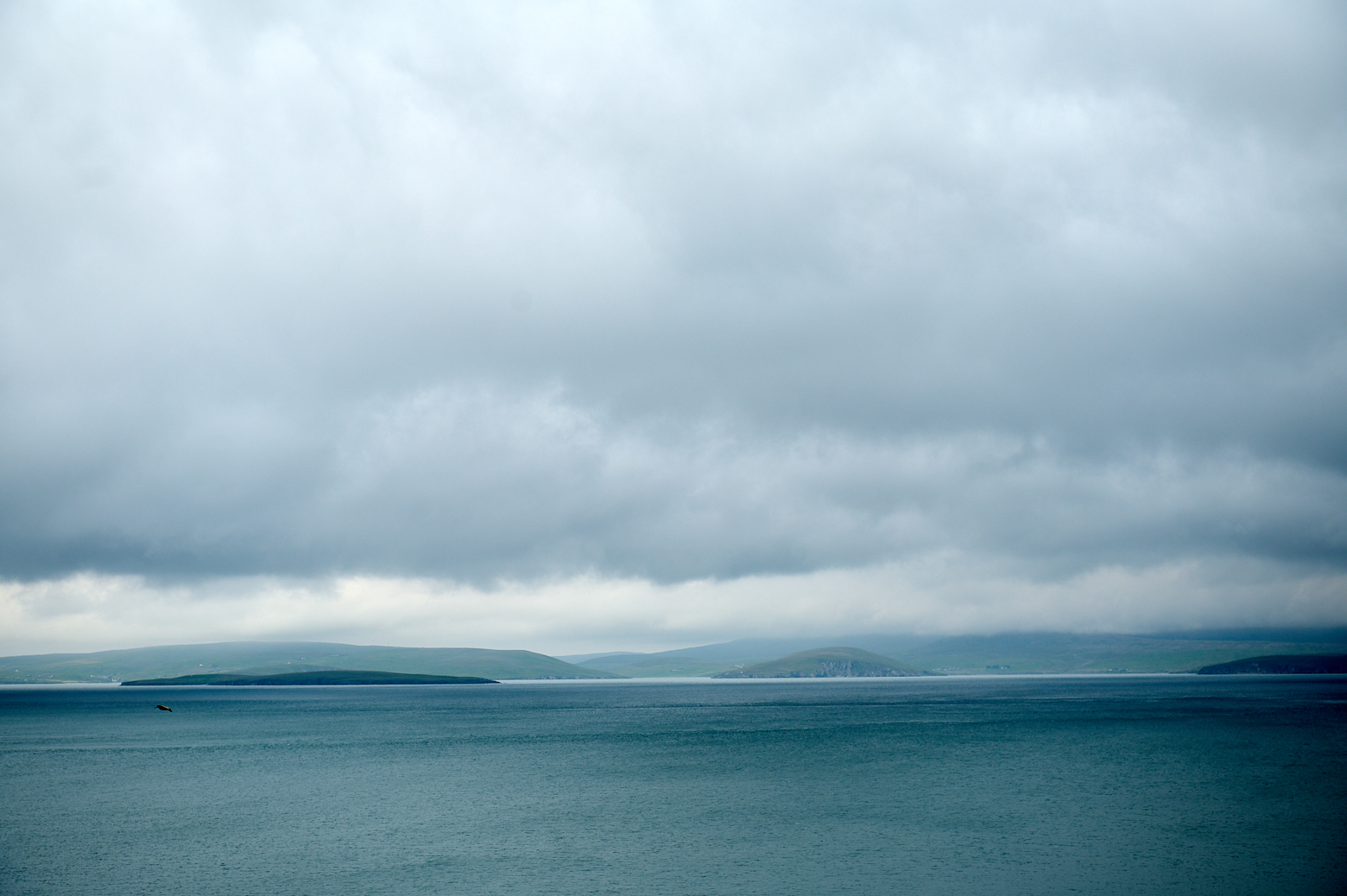
View towards Shetland Mainland, I was already almost in the South of Yell.
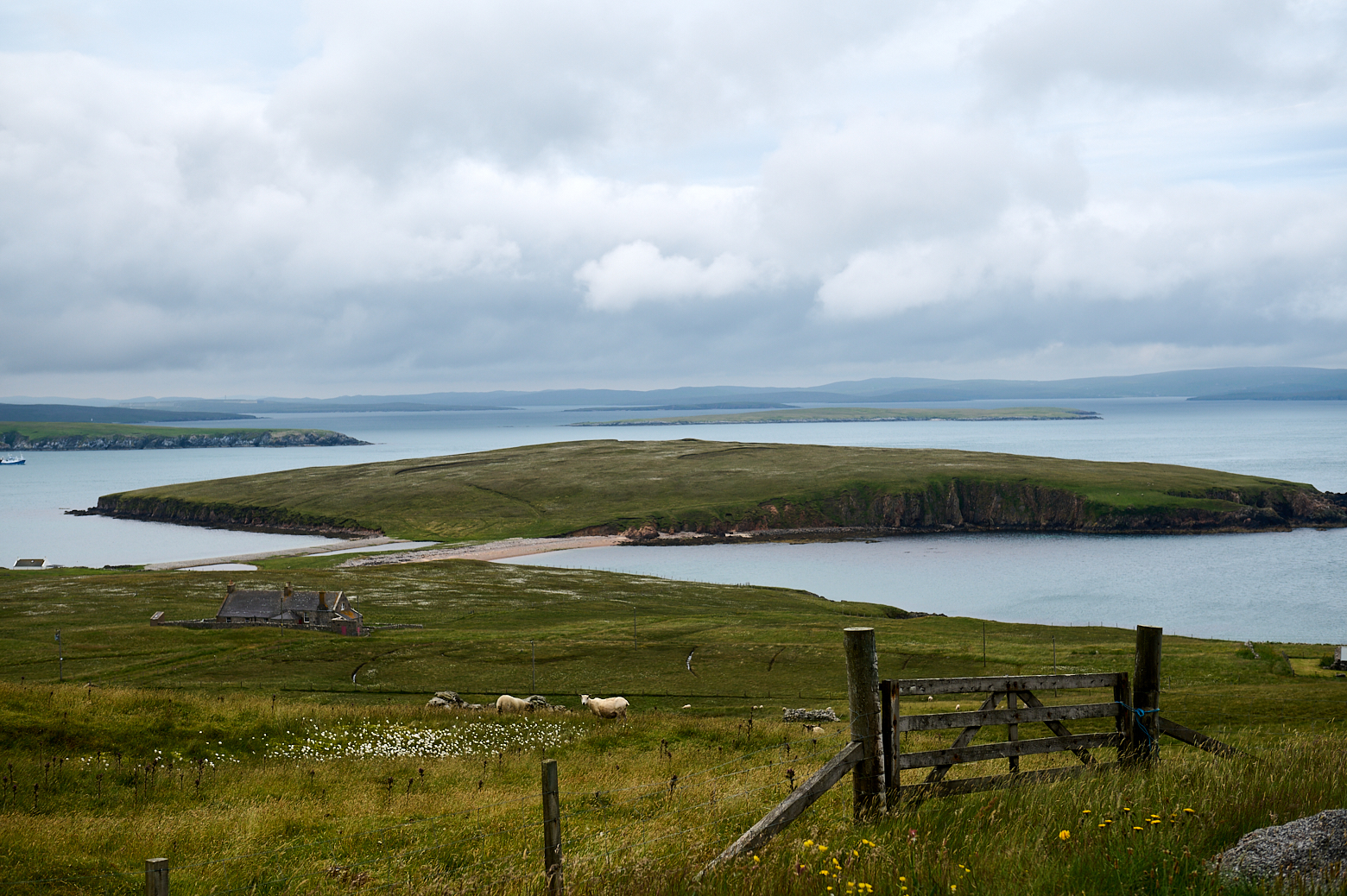
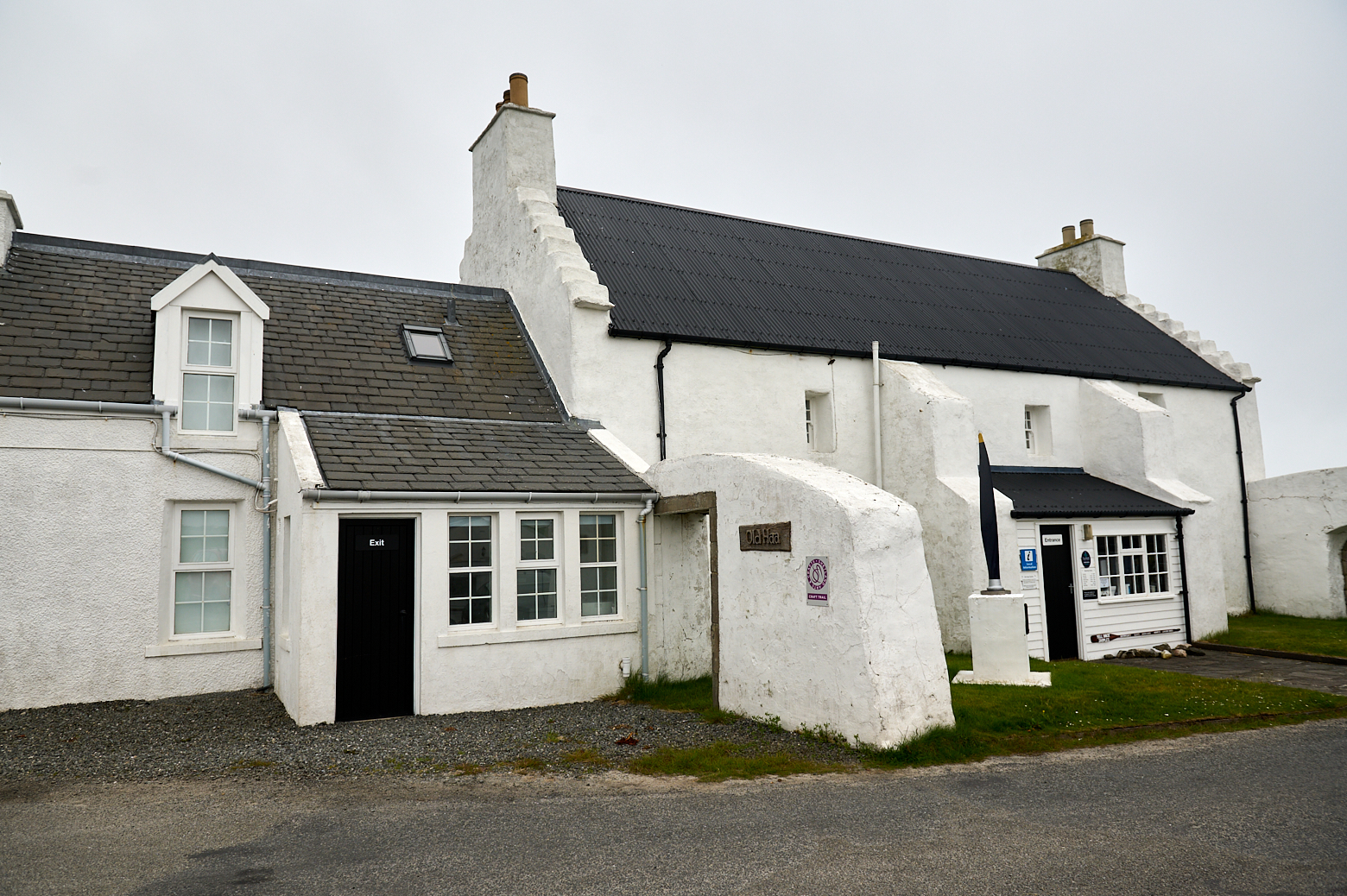
The Old Haa Museum – the house was built in 1672 by a local merchant and became the home of various merchants and Hanseatic Traders.
The Old Haa Trust, formed in 1984, acquired the building from the Shetland Amenity Trust, with the proviso that they would “look after the building on behalf of the people of Yell.” (oldhaa.com)
Extensive repairs and renovations took place and the Old Haa was transformed into a museum showcasing local artefacts and history. And there is a lovely garden and tea room.
